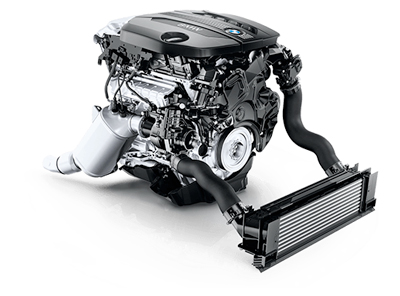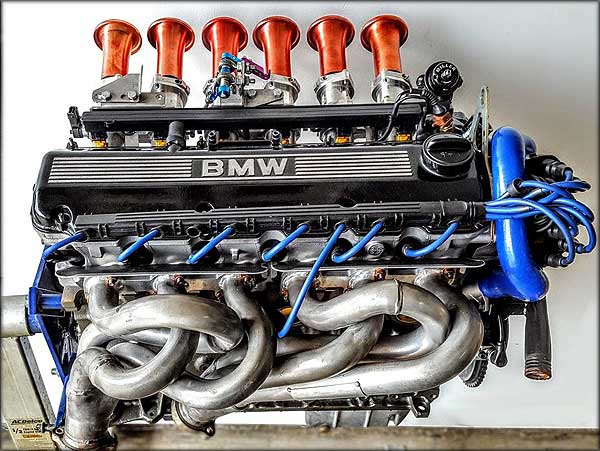Exploring the Advancement of Burning Engines in Modern Transportation Solutions
As we navigate the landscape of modern transportation, the advancement of combustion engines stands as a testimony to human ingenuity and engineering prowess. From their simple beginnings to the advanced giants propelling lorries today, combustion engines have actually gone through an exceptional journey of technology and adaptation. Comprehending the ins and outs of this advancement not only clarifies the past yet also leads the way for envisioning what exists ahead in the world of transport innovation. The interaction of background, modern technology, and environmental worries in forming the trajectory of burning engines develops a narrative that is both compelling and insightful.
Early Beginnings of Combustion Engines
How did the principle of combustion engines very first arise in the early phases of transport advancement? The roots of burning engines can be traced back to the 17th century when the principles of inner combustion were very first discovered.
The advancement minute came with the creation of the first effective gasoline-powered engine by Karl Benz in 1885 - bmw engine. This engine paved the method for the advancement of the modern-day automobile, reinventing transport systems worldwide. Subsequent advancements by Nikolaus Otto and Gottlieb Daimler better refined burning engine modern technology, leading to the mass production of cars and the quick expansion of the transportation market
These very early burning engines were characterized by their simplicity and effectiveness, laying the foundation for the complicated and powerful engines used in modern transportation systems. The development of combustion engines has contributed fit the method we travel and carry products, marking a significant milestone in the history of transport growth.
Change to Internal Burning Innovation
The transition to internal burning innovation marked a pivotal change in the advancement of transportation systems. This change began in the late 19th century, with inventors like Nikolaus Otto and Gottlieb Daimler establishing the initial effective interior combustion engines. These engines transformed transportation by supplying a much more powerful and effective option to vapor engines and electrical motors.
Among the essential advantages of internal burning engines was their capability to be scaled down to match automobiles, causing the development of bikes and vehicles. This change from large, stationary engines to compact, mobile ones led the way for the contemporary transportation systems we see today.
The shift to inner burning innovation likewise spurred innovations in gas technology, leading to the growth of gasoline and diesel as key fuel sources for automobiles. This shift not only made transport much more obtainable to the masses however additionally laid the foundation for the oil and gas market to come to be integral to worldwide economies.
Effect of Combustion Engines on Transportation
The adoption of burning engines in transport systems catalyzed a profound change in the efficiency and rate of international movement. Burning engines revolutionized transportation by giving a reputable and functional resource of power for different lorries, including automobiles, site web vehicles, ships, and aircrafts. This advancement significantly enhanced the capacity for people and products to conform cross countries in shorter period, resulting in boosted connection between regions and nations.
Additionally, the extensive use combustion engines has had a significant influence on financial advancement. The capability to deliver items successfully has actually spurred trade and commerce, allowing businesses to broaden their markets and reach consumers worldwide. This has facilitated financial development and globalization, as products can now be transferred faster and in bigger amounts than ever.
However, the environmental influence of combustion engines can not be neglected. The combustion of fossil fuels has led to air pollution and greenhouse gas emissions, contributing to climate modification and positioning health threats to populaces. bmw engine. As a result, there is a growing focus on establishing different propulsion technologies to reduce these unfavorable impacts and produce a more lasting future for transportation
Developments in Combustion Engine Design
One remarkable innovation is the development of turbocharged engines, which use exhaust gases to drive a generator that presses inbound air, permitting for even more fuel to be charred, resulting in raised power result without a significant increase in engine dimension. Variable shutoff timing systems have actually additionally reinvented engine style by enhancing air flow at various engine rates, improving both power and effectiveness. These developments collectively add to the continual enhancement of combustion engines in modern transport systems.
Future Patterns in Combustion Engine Advancement
With innovation developments driving constant development, the future of burning engine growth is poised to revolutionize transport systems internationally. One of the key fads in burning engine growth is the push in the direction of higher efficiency and reduced discharges. Producers are spending heavily in r & d to enhance engine performance while fulfilling strict environmental guidelines. This includes the combination of advanced gas injection systems, enhanced turbocharging methods, and the usage of lightweight products to enhance gas usage and minimize carbon emissions.
One more famous pattern is the fostering of crossbreed technologies in combustion engines. Hybrid engines incorporate traditional combustion technology with electrical power, supplying boosted gas efficiency and reduced discharges. As try these out the automobile sector changes towards electrification, hybrid burning engines are viewed as a transitional service that links the void in between standard lorries and totally electrical ones.
Furthermore, the integration of smart innovations, such as expert system and information analytics, is anticipated to play a considerable role in the future of burning engine advancement. These modern technologies can maximize engine performance in real-time, leading to a lot more reliable burning processes and boosted general vehicle efficiency. Welcoming these future trends will not only drive development in burning engine advancement yet also add to an extra sustainable and environmentally friendly transport ecological community.

Conclusion
To conclude, the development of burning engines in modern transport systems has been noted by significant developments in technology and design. From the very early starts of burning engines to the change to interior burning technology, these engines have had a profound influence on transportation. Advancements in burning engine layout proceed to drive progress in this area, with future patterns concentrating on more enhancing efficiency and reducing emissions. The future of burning engines in transportation looks appealing as study and development initiatives remain to push boundaries.
The origins of burning engines can be traced back to the 17th century when the concepts of interior combustion were first checked out. These engines revolutionized transport by providing a more powerful and effective choice to heavy steam engines and electrical motors.
